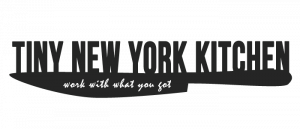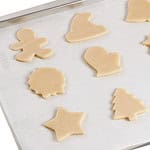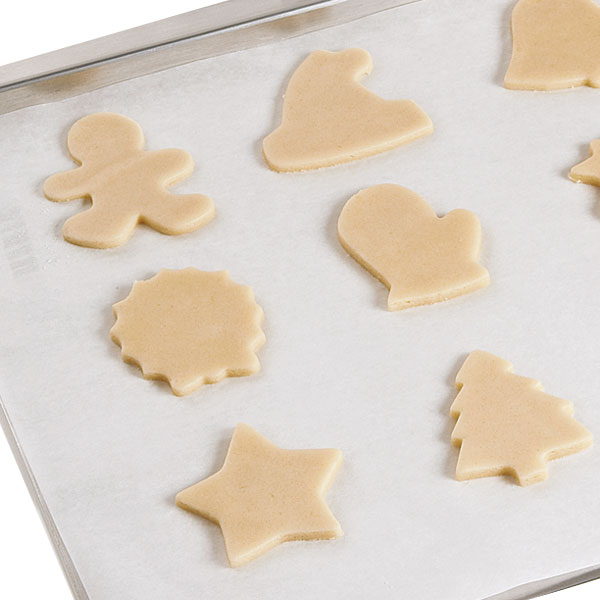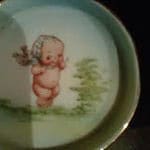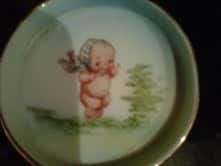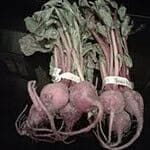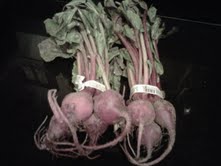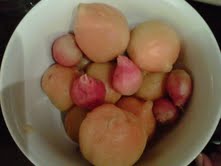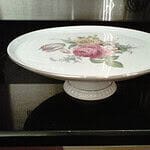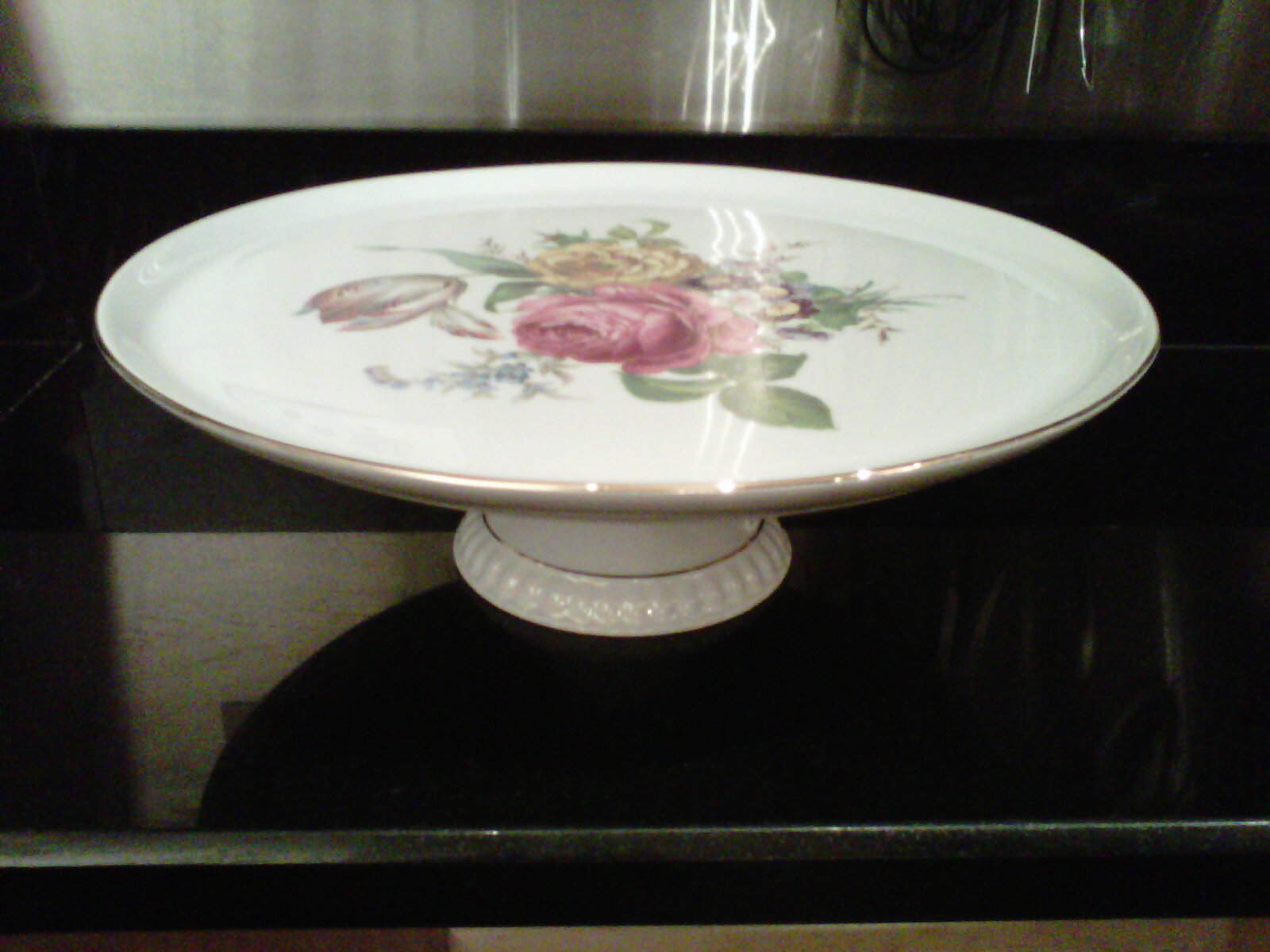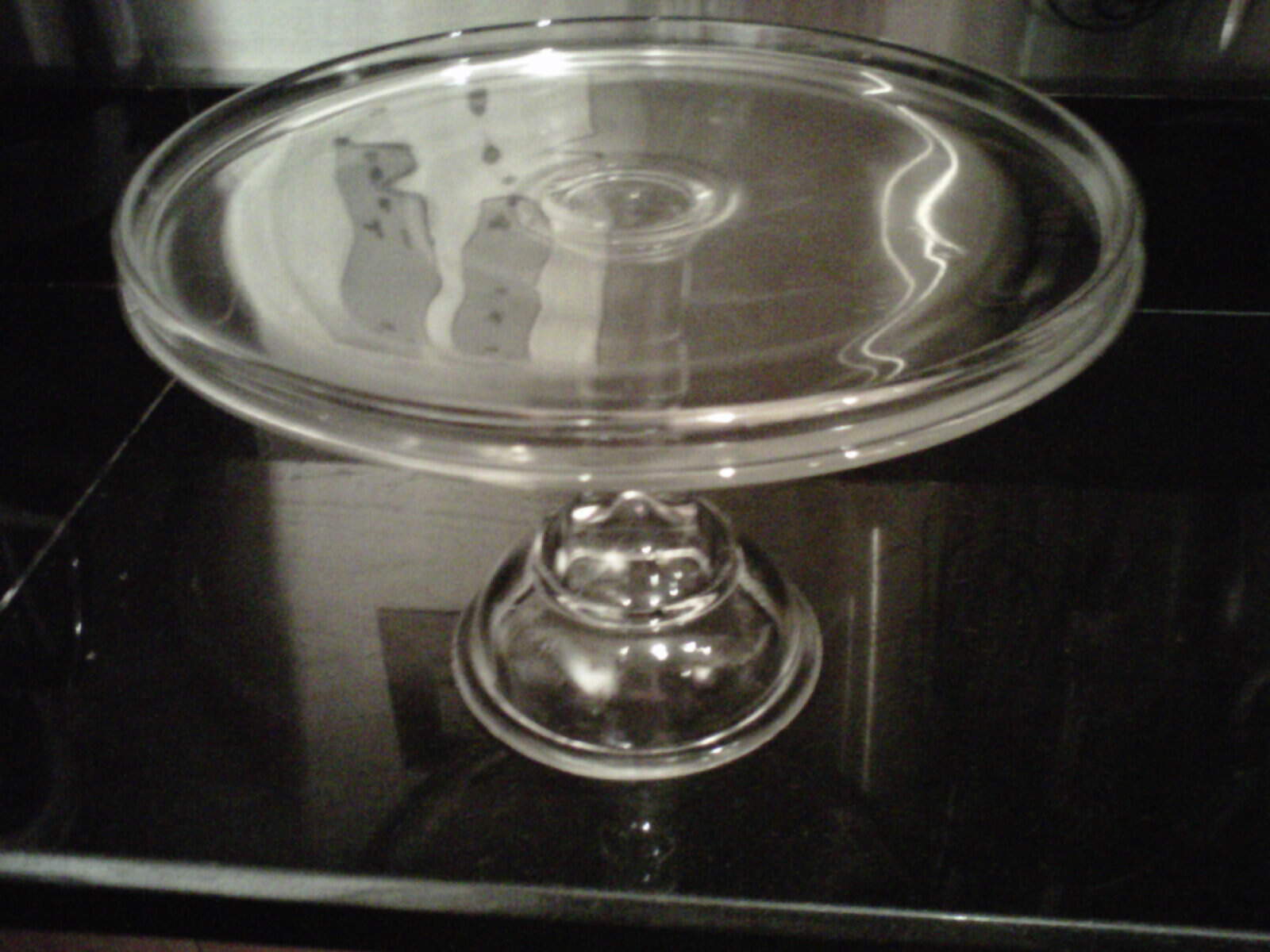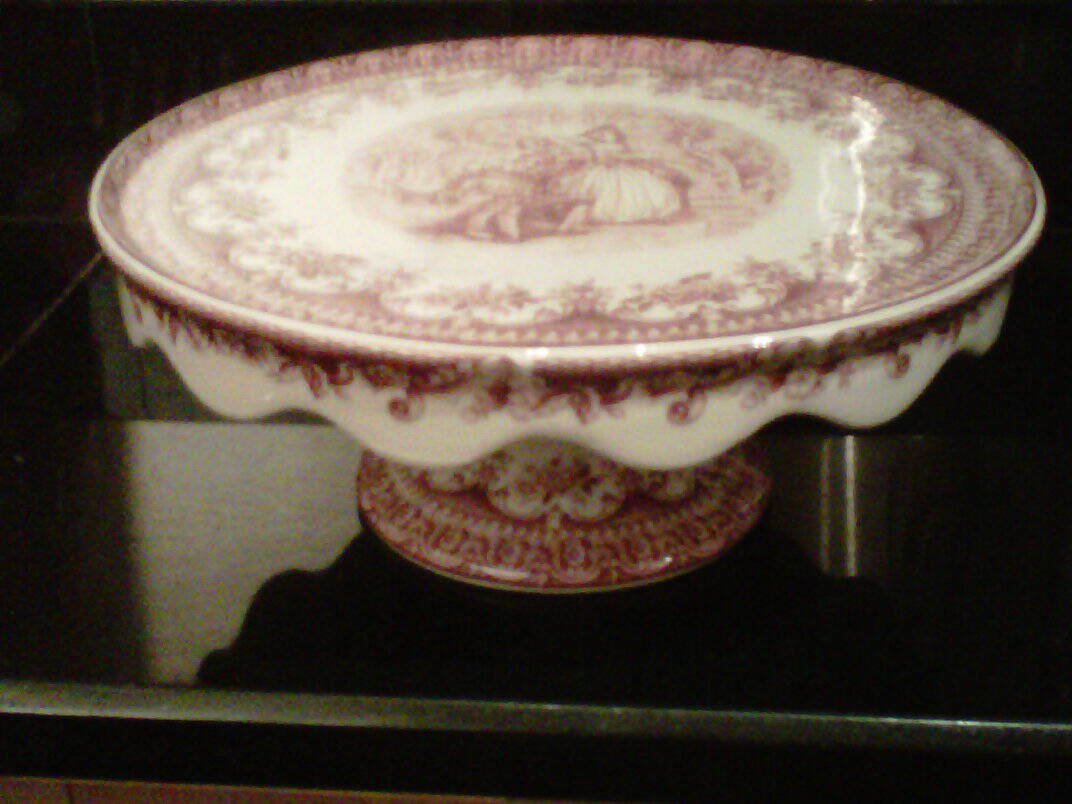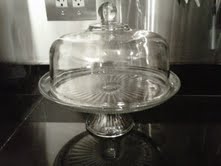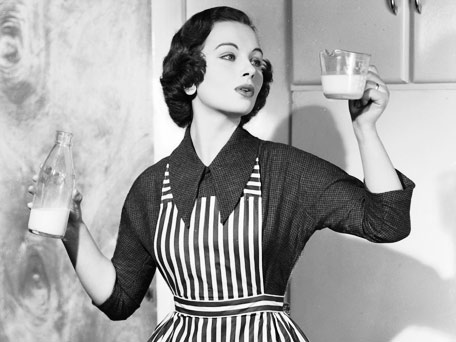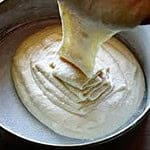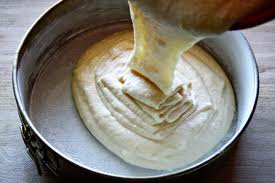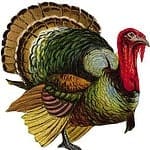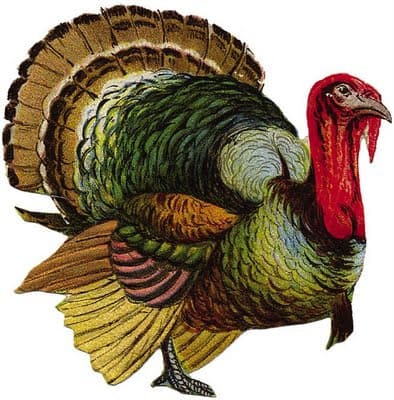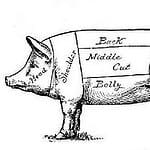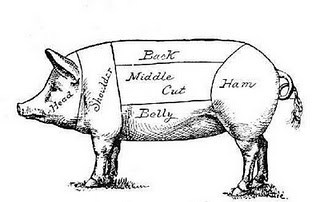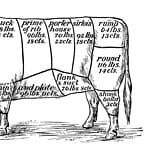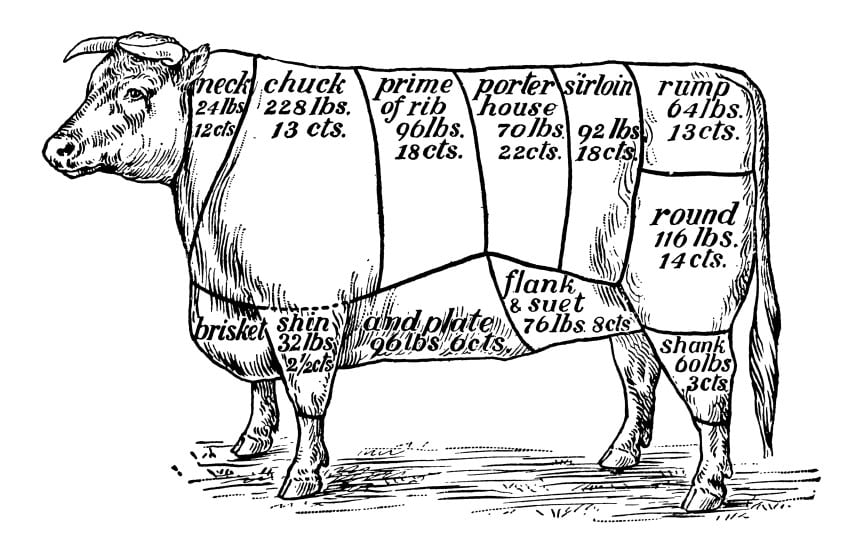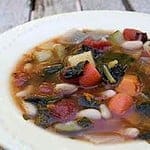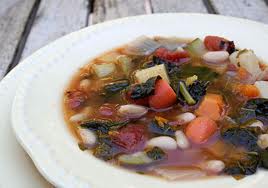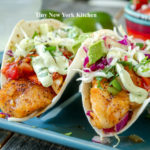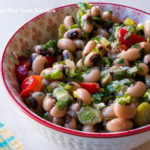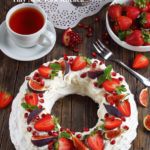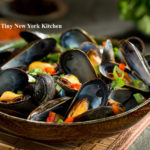Parchment Paper
Parchment paper is an essential baking tool for lining cookie sheets and pans. You’ll always get great results. Just cut and line baking sheets and pans with either side of the parchment paper for even baking, quick release and easy clean-up. Foods cook right on the parchment paper, eliminating the need for additional oil or non-stick sprays.
Do Not use waxed paper instead of parchment paper. It will smoke up your oven.
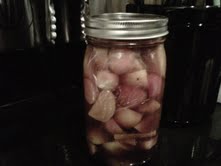 To pickle beets use 1/3 cup malt vinegar, 3/4 cups water, salt, pepper, a bit of sugar, if you like, and sometimes I throw in red pepper flakes. Great for salads or alone. Make sure to put in the refrigerator. Keeps for a few weeks. I like to use red and golden beets. Remember that usually the smaller the beet the tastier. Adjust your vinegar to water ratio depending on how many beets you are cooking up.
To pickle beets use 1/3 cup malt vinegar, 3/4 cups water, salt, pepper, a bit of sugar, if you like, and sometimes I throw in red pepper flakes. Great for salads or alone. Make sure to put in the refrigerator. Keeps for a few weeks. I like to use red and golden beets. Remember that usually the smaller the beet the tastier. Adjust your vinegar to water ratio depending on how many beets you are cooking up.
a dash = 8 drops liquid
1 cup = 16 tablespoons
1 teaspoon = 60 drops
2 cups = 1 pint (16 fluid ounces)
3 teaspoons = 1 tablespoon
4 cups = 1 quart
4 tablespoons = 1/4 cup
4 quarts = 1 gallon
5 tablespoons + 1 teaspoon = 1/3 cup
1/8 cup = 2 tablespoons
8 tablespoons = 1/2 cup
1/3 cup = 5 tablespoons plus 1 teaspoon
16 tablespoons = 1 cup
2/3 cup = 10 tablespoons plus 2 teaspoons
2 tablespoons (liquid) = 1 ounce
3/4 cup = 12 tablespoons
1 cup = 8 fluid ounces, 1/2 pint
1 bushel = 4 pecks
1 jigger = 1 1/2 fluid ounces (3 tablespoons)
8 to 10 egg whites = 1 cup
12 to 14 egg yolks = 1 cup
2 cups granulated sugar = 1 pound
28 saltine crackers – 1 cup crumbs
4 slices bread = 1 cup crumbs
3 1/2 to 4 cups unsifted confectioners’ sugar = 1 pound
14 square graham crackers = 1 cup crumbs
2 1/4 cups packed brown sugar = 1 pound
22 vanilla wafers = 1 cup crumbs
7 ounces spaghetti = 4 cups cooked
3 1/2 cups unsifted whole wheat flour = 1 pound
1/4 pound crumbled Bleu cheese = 1 cup
1 stick butter = 1/2 cup or 1/4 pound
1 liter liquid = 1.06 quarts, 2.1 pints, 0.26 gallon
1 peck = 8 quarts
1 liter dry = 4.23 cups
1 gram = 1/3 ounce
1 cup = 250 milliliters (ml)
1 dram = 1/16 ounce
1/4 cup = 62 1/2 milliliters (ml)
1 kilo = 2.20 pounds
1 tablespoon = 15 milliliters (ml)
1 meter = 39.37 inches
1 teaspoon = 5 milliliters (ml)
1 kilogram = 2.2 pounds
1 pint = 570 ML (1)
1 gallon = 4.54 liters (1)
1 quart = 1.14 liter (l)
1 ounce (28g) ungrated cheese = 1/4 cup (50ml) grated
2 ounces (56g) ungrated cheese = 1/2 cup (125ml) grated
4 ounces (100g) ungrated cheese = 1 cup (250ml) grated
What’s the deal with springform pans?
A springform pan is round with 2 to 3 inch high side. What makes it special is that the side is not attached to the bottom. When the side spring (or clamp) is released, the side loosens and can be removed, leaving the dessert on the pan bottom, where it easily can be sliced and served. Resist the temptation to use a regular cake pan for desserts that specifically call for a springform pan. They simply can’t hold the same volume, and removal of the dessert (especially cheesecakes) will be close to impossible.
- Let the turkey rest 20 to 25 minutes after removing from the oven.
- Remove the leg and thigh by slicing down through the ball joint that connects the thigh to the body.
- If the turkey is stuffed, remove the stuffing at this time.
- Remove one side of the breast. Start at the breast bone and work your knife along the curve of one side of the rib cage.
- When you’ve cut down as far as you can go, make a horizontal cut along the bottom and remove the breast in one piece.
- Place the breast on a serving platter or cutting board and cut slices from the breast.
- Separate the thigh meat from the bone with your fingers.
- Serve the drumsticks whole or remove the meat with your fingers being careful to remove the tendons as you go.
1 Chopped Onion
2 Peeled & Chopped Carrots
2 Minced Cloves of Garlic
2 Chopped Celery Stalks
3 Tablespoons Olive Oil
4 Cups Chopped Greens
2 Small Zucchini Cut Into 1 Inch Cubes
1 Large Potato, Peeled And Cut Into 1 ½ Inch Cubes
14 Ounces Chopped Tomatoes
1 Quart Chicken Or Vegetable Stock
14 Ounces Cannellini Beans
¼ Cup Fresh Chopped Parsley
3 Tablespoons Finely Chopped Fresh Basil
Salt & Pepper To Taste
Garnish With Fresh Grated Parmesan Cheese
In a large stock pot, heat the oil, then sauté the onion, celery, carrots and garlic until soft. Add the potatoes, zucchini, tomatoes and broth. Mix together. Ensure the vegetables are covered by liquid by at least 1 to 2 inches, adding water to cover the vegetables if needed. Bring to a boil, and then cook for about 20 to 30 minutes over low heat until vegetables are tender. Add the parsley, basil, salt and pepper and mix well. Add the cannellini beans and chopped greens. Cover and simmer an additional 15 minutes. Serve warm and garnish with fresh grated parmesan cheese.
